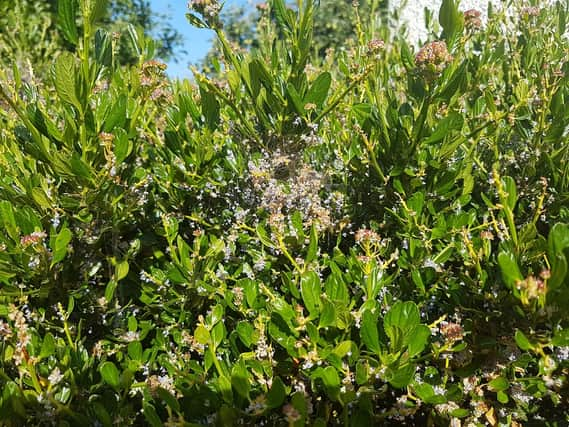Create a bee-friendly garden and help the environment


It's possible to turn even a humble back yard into a blooming oasis for bees and other pollinators.
Choosing tubular shaped and purple flower,s and building a quick and easy bee bath are just some of the things you can do to create a bee-friendly garden.
Advertisement
Hide AdAdvertisement
Hide AdThe experts behind online retailer BillyOh.com have researched seven things gardeners can do this year to attract bees to their gardens and help them thrive.
A spokesperson said: “Bees are incredibly important for the environment and for humanity in general.
“It’s been estimated that bees pollinate around a third of everything we eat and play a vital role in sustaining the planet’s ecosystem, with some 84% of the crops grown for human consumption relying on bees and other insects to pollinate them to increase yields and quality.
“As a result, we should be doing all we can to help bees survive and thrive, and we can all play our own little part in this.
Advertisement
Hide AdAdvertisement
Hide Ad“In order to do so, ideally your garden should contain lots of bee friendly flowers that are rich in pollen and nectar, but you could even go a step further by supplying a bee-bath and a place for native bees to build their homes!”
Opt for single headed flowers
Although double headed flowers such as roses and carnations, look fantastic, they produce much less nectar and make it difficult for bees to access pollen. This is because in double flowers, stamens have been transformed into extra petals for a fuller, showier bloom. The lack of pollen means pollination cannot occur and so the flower remains open for longer as it waits – so they look great – but they’re no use to bees. Instead, opt for single headed flowers such as daisies, poppies, sweet peas, geraniums and marigolds. A single headed flower has a single count of petals, whereas ‘double flowered’ species describes varieties of flowers with extra petals, often containing flowers within flowers, like petunias and peonies.
Plant flowers for all seasons
Although bees are most active from March to September, overwintering queens and workers may emerge on warm days in winter too, so it’s vital you provide flowers throughout the year. You should consider having at least two nectar- or pollen-rich plants in flower at any one time. The nectar feeds the adult bee, while the pollen is collected to feed the young.